2011.7.9Clay-eating behavior by macaws is unique in western Amazon region. Traditionally, it is believed that macaw’s diet contains toxic elements so they eat clay from exposed river banks to neutralize the toxins; but new research showed that macaws prefer clay with higher levels of sodium, which indicate the reason of clay lick is to obtain this vital element that is scarce in environments far from the sea.
We got up at 4:30 in the morning. Wind knocked the dew off leaves and it sounded like rain. It’s our biggest concern because Macaws wouldn’t come if it’s raining. After a little breakfast, we set off at 5:00am. For 5-minute boat ride, we arrived at the spot. The river makes a big detour here. The water level is low, the land in the middle is like an island and the river bank is like a cliff in 180 degree arc-shape. There are enough space for Macaws to lick.
Around 5:30am, parrots started coming in large groups. Soon the number reached several hundreds. They circled around the area and stood on the tree branch for no more than15 minutes, several at first, then suddenly all of them came down from the tree at the same time and started licking. Our guide showed us a brochure called “Tambopata Field Guide of Parrots”, which illustrates about 20 species of Macaws and Parrots. Most parrots we saw on the cliff were of blue feather on their head, they might be Blue-Headed Parrot. The rest were in total green, I don’t know what they are.
Macaws usually came as families, either a pair or a parents with their chick. Compared with their hasty relatives, macaws were more prudent. They stood on top of the trees and watching parrots busy licking disdainfully. In 10 minutes, in the same manner as they came down to the cliff, parrots left the river bank all together simultaneously. Lingering for another 5 minutes, they all disappeared.
Macaws are big birds and certainly took themselves more seriously, anything abnormal made them suspicious. We wanted to move closer to the river to see the birds more clearly, but the guide of another tour group told us that our cloth color was too bright, so we had to retreat further back and hid ourselves in the bush. This started our standoff with macaws for the next 3 hours. More macaws were coming. We saw all three kinds of large-size macaws in the reserve, Scarlet, Red-and-Green and Blue-and-Yellow Macaw. They were at least twenty macaws of each type. They gathered on their own trees and never mingled with others. Sometime, they seemed feeling safe and gradually moved to lower branches – macaws never go to the river bank directly, they always do it step by step – but all of sudden, maybe because they heard something or saw something, they flew back to the top of the trees again. Sometimes, they just moved to another tree 100 yards away.
The other group had left and we also went back to the boat to take a rest. We then decided to let the boat go back to the camping site to wrap up our staff and we stayed here and kept waiting. In the next hour or so, we sit among the bushes, put large leaves on our heads to cover us from the raising sun. For some reason, Blue-and-Yellow Macaws left one family after another, but Scarlet and Red-and-Green Macaws were still here.
The remaining macaws kept playing tricks with us. Finally at about 9:40am, one of Macaws came down to the cliff, then others followed in minutes. There were about twenty macaws on the cliff at the same time. This lasted less than 10 minutes. Our boat came back, the sound of motor broke the serenity. Macaws went back to the tree. The guide said it might take them an hour to come down again. From what I read before we left to Peru, beginning of July is not a good time to watch macaw’s clay click. At least we saw all of them and we waited long enough for them to be on the cliff. The only regret I had was that I should have taken more pictures.
The returning trip took only 3 hours. When we walked into the lodge, a group of American middle school students meeting at the open patio. They are the new guests of the lodge. We had the lunch of fishes that the captain caught in our trip.
At the afternoon we had our last activities of the Amazon trip – we went to Tres Chimbadas Lake to fish piranhas. It was only a short boat ride away downstream, after that we walked about one mile to across the jungle. Together with another guide and his tour group, we paddled around the lake watching birds at lake side. The lake was quite and water was dark, maybe because it doesn’t connect to the river. We docked our boat and tried to fish piranhas. Most popular piranhas are golden one in the lake. They don’t really eat human, but they were quite aggressive at the baits we threw in. One guy from another group caught one fish, I almost got one too but as I pulled the pole out of the water, the fish got loose and gone.
The night already fell as we left the lake. On our way back to the lodge, the guide used searchlight to scan the river shores looking for caimans. Caiman’s eyes reflect the light and will be seen as two red gleams. We didn’t have much luck and only saw a small caiman. I caught it on the video.
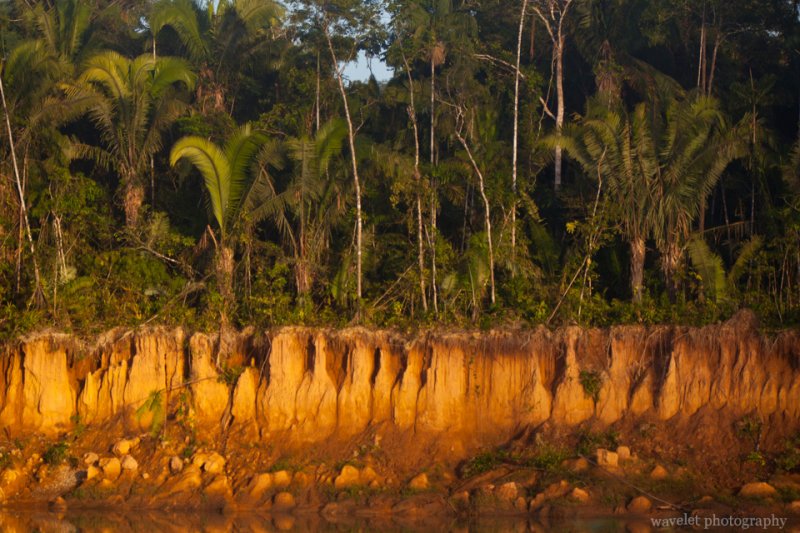

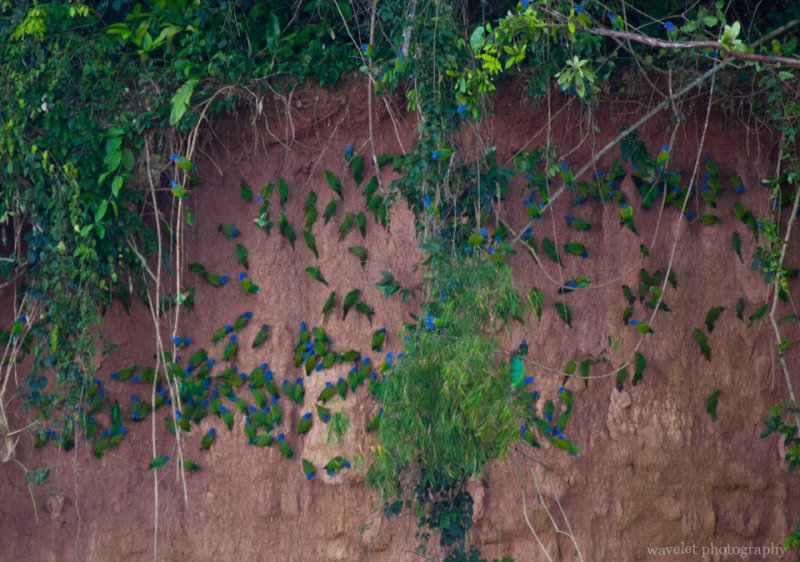
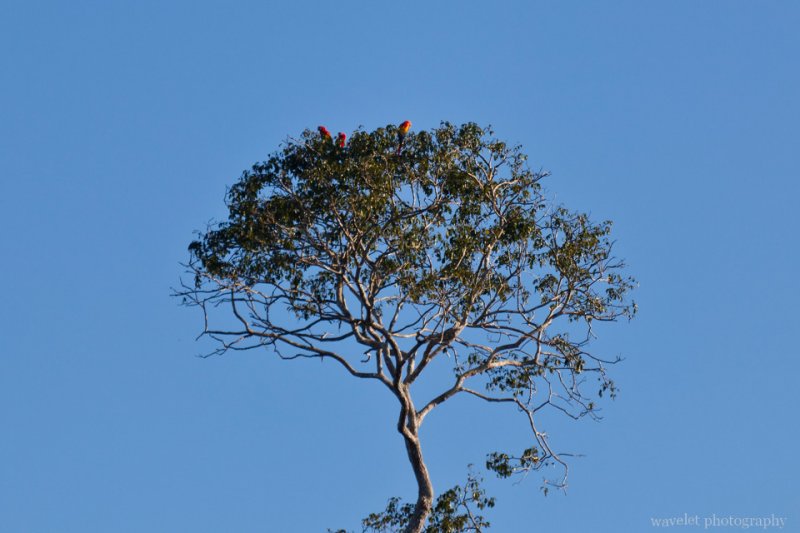
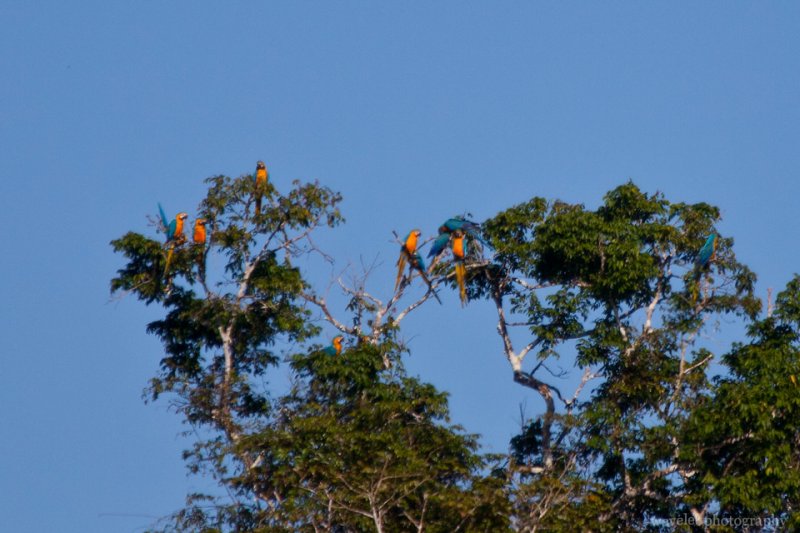
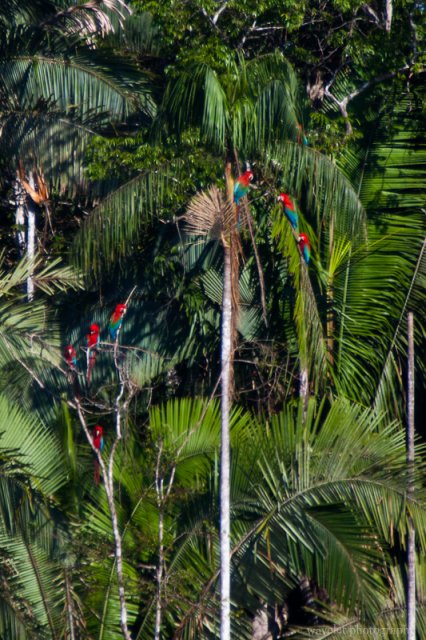
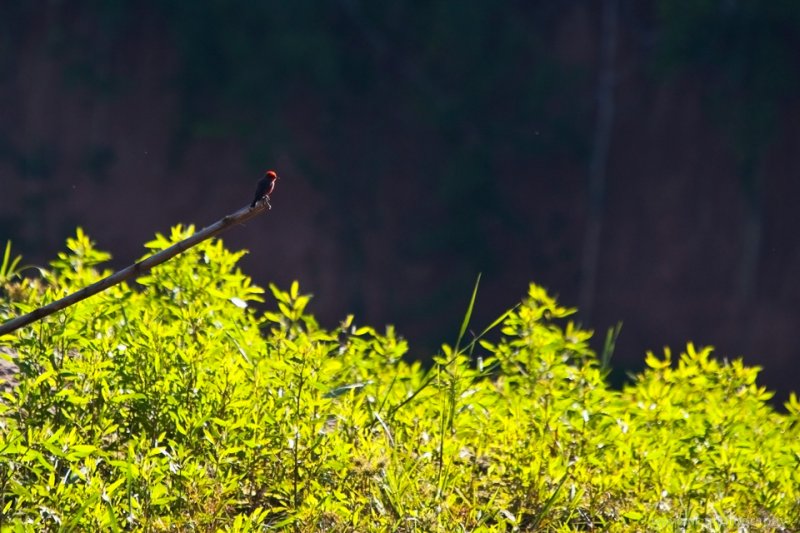
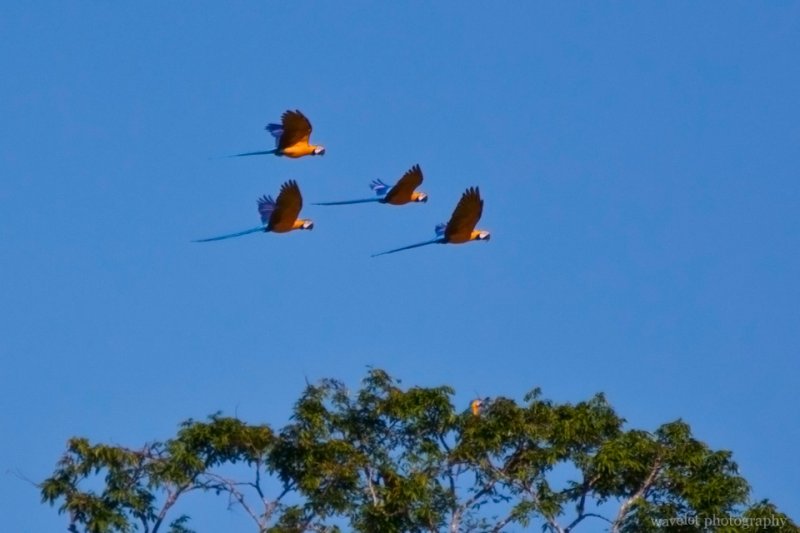
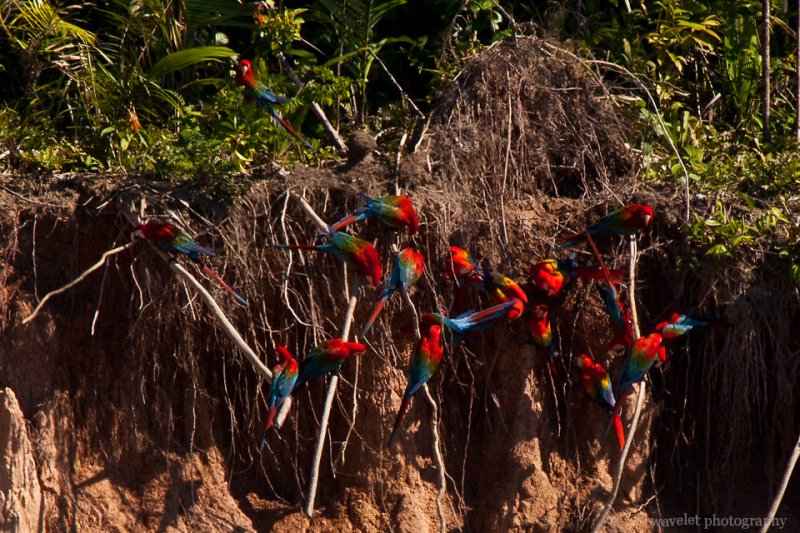
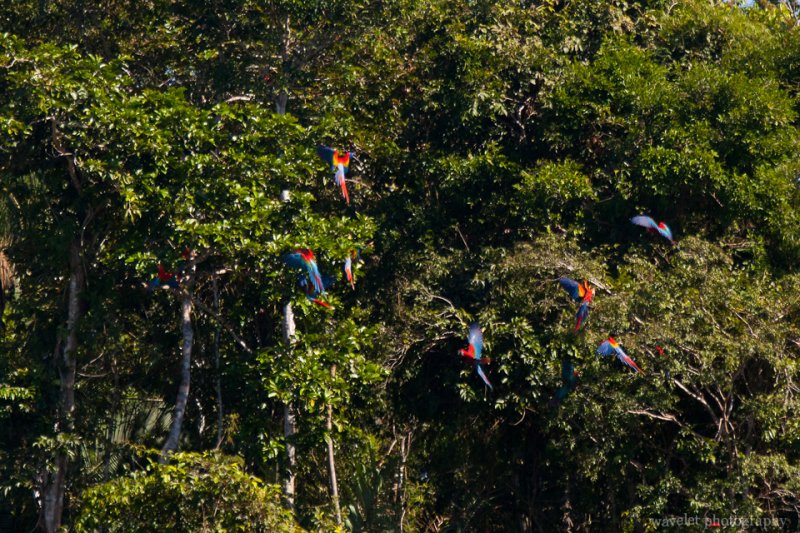
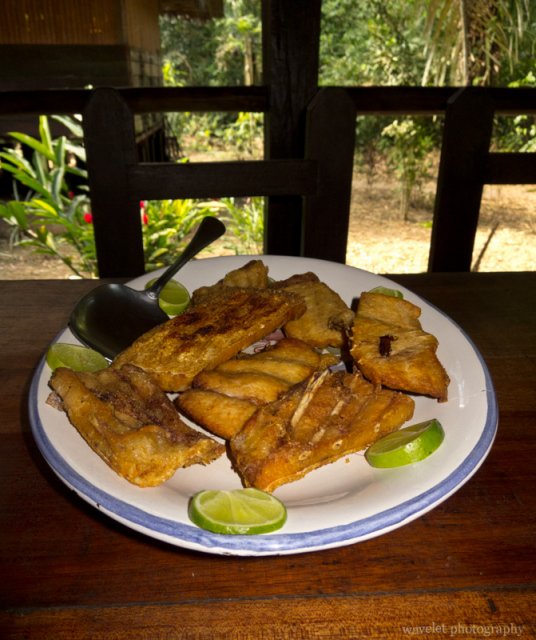
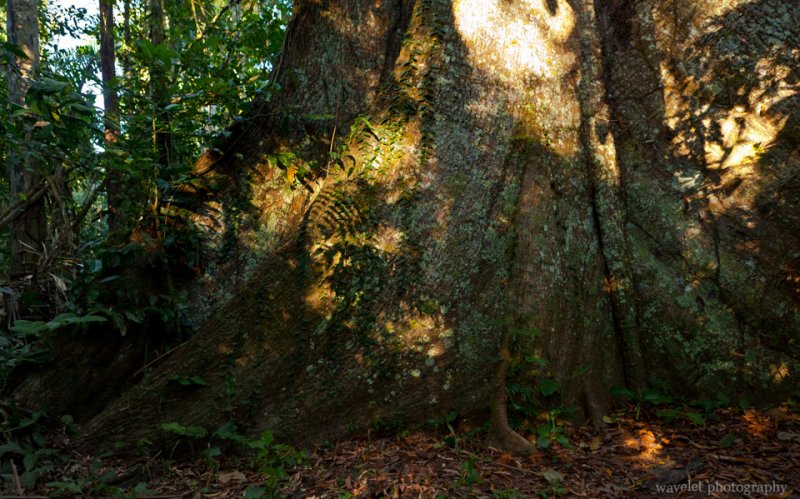
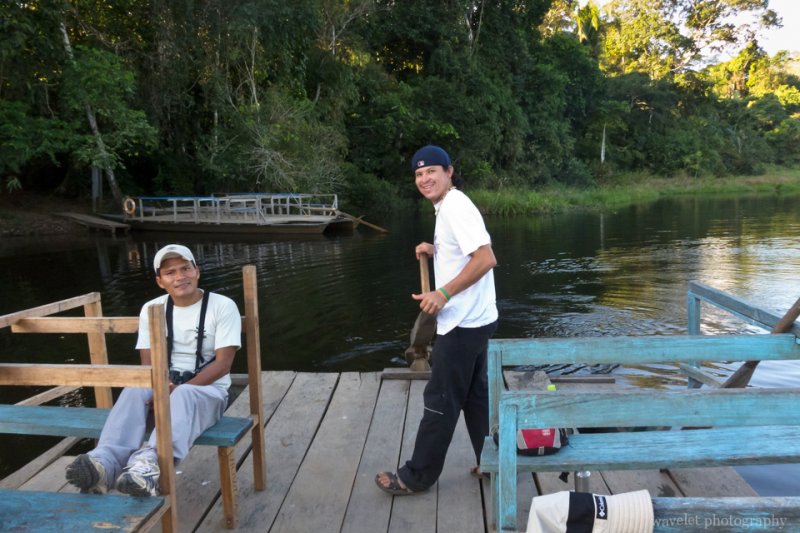
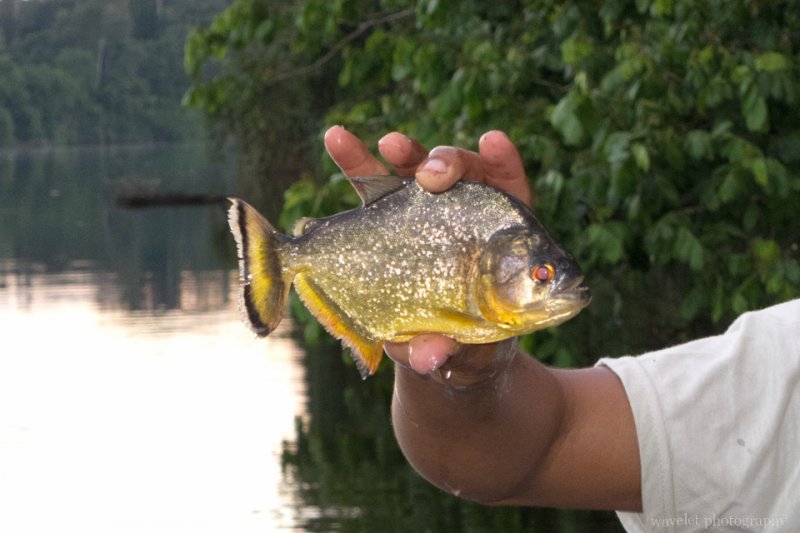
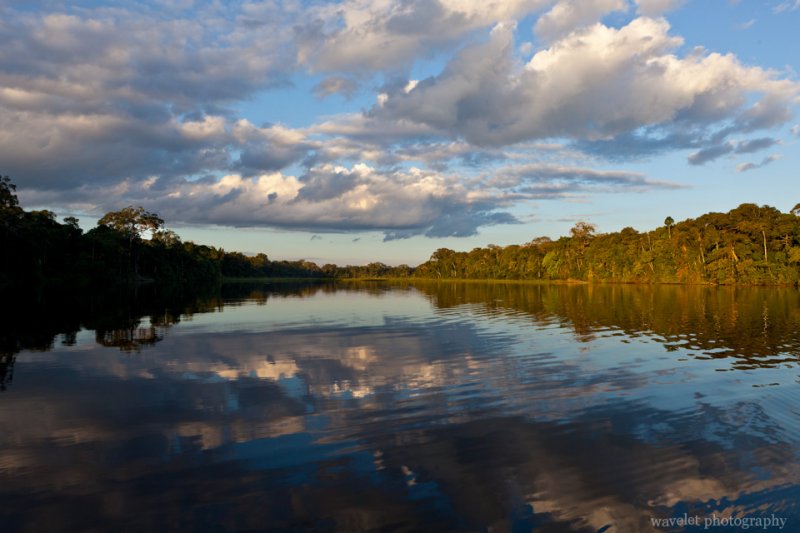
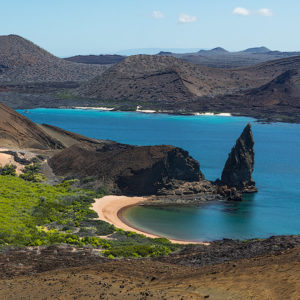
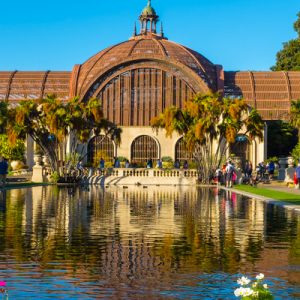

Love the piranha photo 🙂
Here are my recent travels into the Amazon basin I thought I’d share since I enjoyed yours … huge trees of the Tombopato Reserve and the macaw clay-lick on the Tombopato River of Peru hope it adds/ you enjoy 🙂